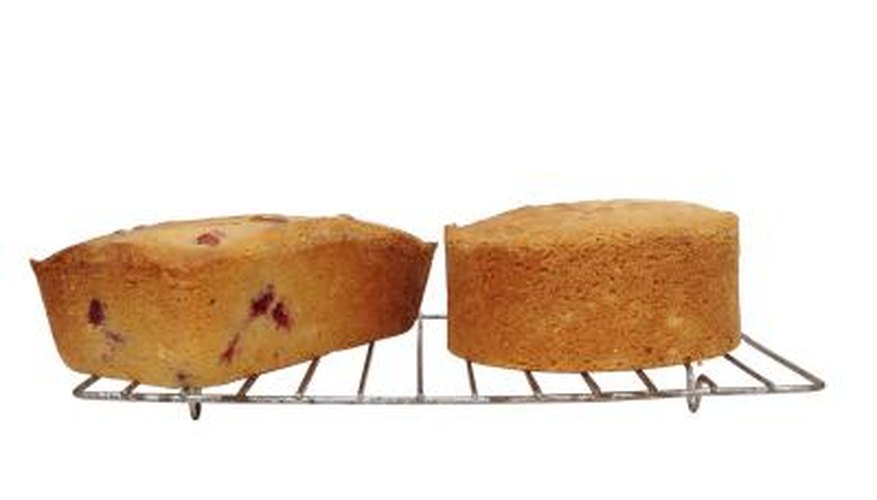Fresh and dried fruit are often added to cakes as they bring a variety of colours and flavours to complement the basic recipe, and add moisture as well. Novice bakers often find that, despite their best efforts, heavy fruit like fresh or glace cherries fall to the bottom of the cake. But there are well-established ways to deal with this. The following are some steps you can take to stop cherries from falling to the bottom of a cake while it's baking.
Toss cherries or other fruit in flour before adding them to the cake batter. This helps stabilise them, and prevents them from sinking to the bottom.
Cut cherries in half, or even in quarters, before tossing them with flour. Cherries are heavy enough to sink in some batters, even with the flour coating - unless they are cut into smaller pieces.
- Fresh and dried fruit are often added to cakes as they bring a variety of colours and flavours to complement the basic recipe, and add moisture as well.
- Cherries are heavy enough to sink in some batters, even with the flour coating - unless they are cut into smaller pieces.
Choose a cake with a stiff batter, rather than one with a thin batter. A stiff batter offers more resistance to the cherries, and will not allow them to sink as readily.
- Choose a cake with a stiff batter, rather than one with a thin batter.
- A stiff batter offers more resistance to the cherries, and will not allow them to sink as readily.
Rinse halved maraschino or glace cherries under cold running water before flouring them. Flour will adhere better after they are rinsed. Drain any extra water before tossing them in the flour.
Place the cherries on top of the cake before it goes into the oven. The ones that sink will not make it all the way to the bottom, and the handful that stay at the top will lend an attractive appearance to the cake.
